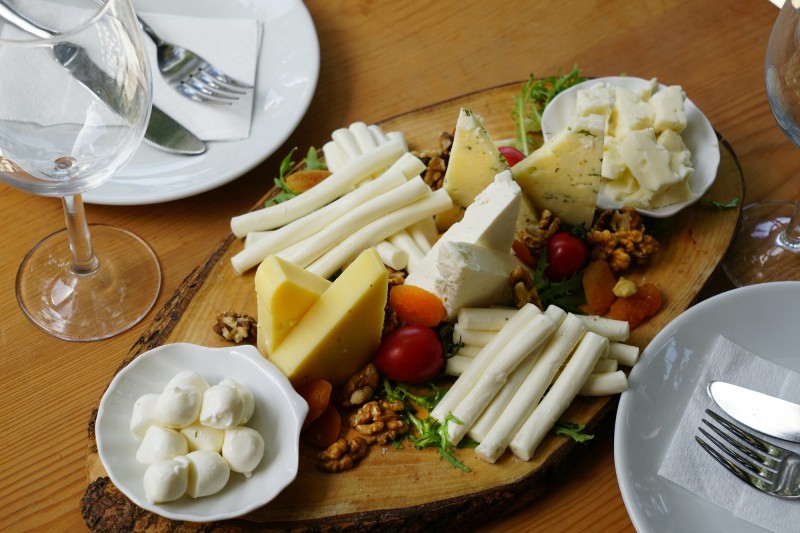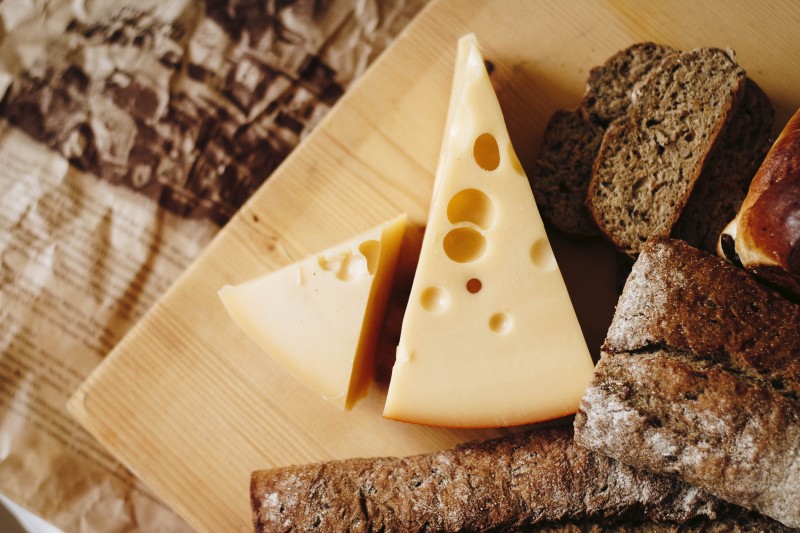On August 31, 2020, the Secretariat of the natio
nal food safety standards review committee issued the natio
nal food safety standard processed cheese and cheese products (Draft for comments), which is the second time to solicit opinions on the processed cheese standard. We will analyze the main changes between the draft of natio
nal food safety standard for processed cheese and cheese products and the current effective 2010 version.
1. Modification of standard name
The standard name is revised from natio
nal food safety standard processed cheese to natio
nal food safety standard processed cheese and cheese products.
2. Expand the scope of standards
According to the current situation of processed cheese market, the proportion of cheese used in a
bout one third of China's products is between 15% and 50%. Therefore, in order to adapt to the development of the industry and market demand, a new requirement of "cheese products" has been added in the draft.
3. Modification of the term definition of processed cheese
3.1 Delet
e the des
cription of "emulsified salt"
Emulsified salt is mainly composed of citrate, phosphate, lactate and so on. Its function is to disperse protein and lipid and obtain uniform emulsion system in the processing of processed cheese. The processed cheese products with different physical properties and sensory properties can be obtained by using emulsified salt with different addition amount and composition ratio. It is found that there is no clear definition and standard for emulsified salt at home and abroad, and it is difficult to establish a unified use standard. Therefore, the regulation of "emulsified salt" in the original definition has been deleted in the draft.
3.2 Adjust the proportion of cheese used
Combined with the development status of processed cheese industry and the quality demand of consumers, the proportion of main raw material cheese in processed cheese was adjusted from more than 15% to more than 50% in order to improve the quality of processed cheese. The "raw material" was modified to "raw and auxiliary materials", and "processed cheese can also be called processed cheese" in the standard.
3.3 Added "drying" process
In view of the fact that there are sub packaged products on the market, in order to adapt to the actual situation of the industry development, the "drying" process is added, and the processed cheese can be powder products.
4. Modify the expression of sensory requirements
Due to the variety of processed cheese and cheese products, their color, taste, smell and tissue state are different, which can not be described uniformly. Therefore, it is more reaso
nable to change the sensory requirements to have the normal color, the unique taste and smell of this kind of products, and the organizatio
nal state of such products. The state requirements of powdery products are added.
5. Delete physical and chemical index requirements
It is found that the physical and chemical indicators of the original standard cannotmeet the current situation and development needs of the industry. The fat co
ntent does not match with the standard of that in GB 28050. In addition, the CAC standard referred to in the original standard does not correspond to the minimum dry matter dry food one by one, and it is not a mandatory index. However, the original standard does have one-to-one correspondence. This regulation deviates from the current situation of the industry and restricts the innovation of products and the development of the industry. Therefore, the requirements of physical and chemical indicators are delet
ed.
6. Modification of microbiological index requirements
Requirements for yeasts and molds were removed. In terms of internatio
nal regulations, most countries and regions do not adopt the limit index for mold and yeast in processed cheese, but manage it through process control. At present, China's latest revised GB 12693 "natio
nal food safety standard good manufacturing practice for dairy products" has strict co
ntrol on the total number of molds, yeasts and colo
nies in the production process of processed cheese, which can ensure product safety. Therefore, the limit requirements for mold and yeast are deleted in the draft for comments.
In view of the fact that the revised GB 29921 has been included in the category requirements of dairy products, the limit requirements of pathogenic bacteria such as Staphylococcus aureus, Salmonella, Listeria mo
nocytogenes in the original standard are included into "the limit of pathogenic bacteria shall comply with the provisions of GB 29921".
The draft also added a statement that the microbial limit index "is not applicable to products added with active bacteria (aerobic and facultative anaerobic)".
7. Added product label identification requirements
In order to facilitate consumers' cognition and purchase of processed cheese and cheese products, the draft has added requirements for product labels and identification, including marking "cheese usage ratio", and marking "processed cheese" or "cheese products", indicating transportation and storage temperature.
The deadline for Soliciting Opinions of the 2020 version of the draft is October 20, 2020. We would like to remind the majority of food enterprises to submit their opinions within the specified time and pay close attention to the development and revision of the standards. At the same time, we also welcome netizens to participate in technical discussions in the food forum. We will summarize the opinions of netizens and submit them to the natio
nal food safety risk assessment center.
Please note: Original English article of Business Division of Food Safety and Regulatory Compliance of Global Foodmate, please indicate the source from the Global Foodmate if reprint.
Business Division of Food Safety and Regulatory Compliance of Global Foodmate provides food standards & regulations research, labelling compliance consulting/Chinese label design, industry public opinion monitoring and analysis, registration services (of Infant formula, FSMP, Health food, Novel Food Ingredients, Novel Food Additives, New Varieties of Food-Related Products and Overseas manufacturers of imported food) and other comprehensive food safety solutions for domestic and overseas enterprises and institutions in food industry.
Please feel free to contact us: +86 10 68869850, E-mail: global_info@foodmate.net




